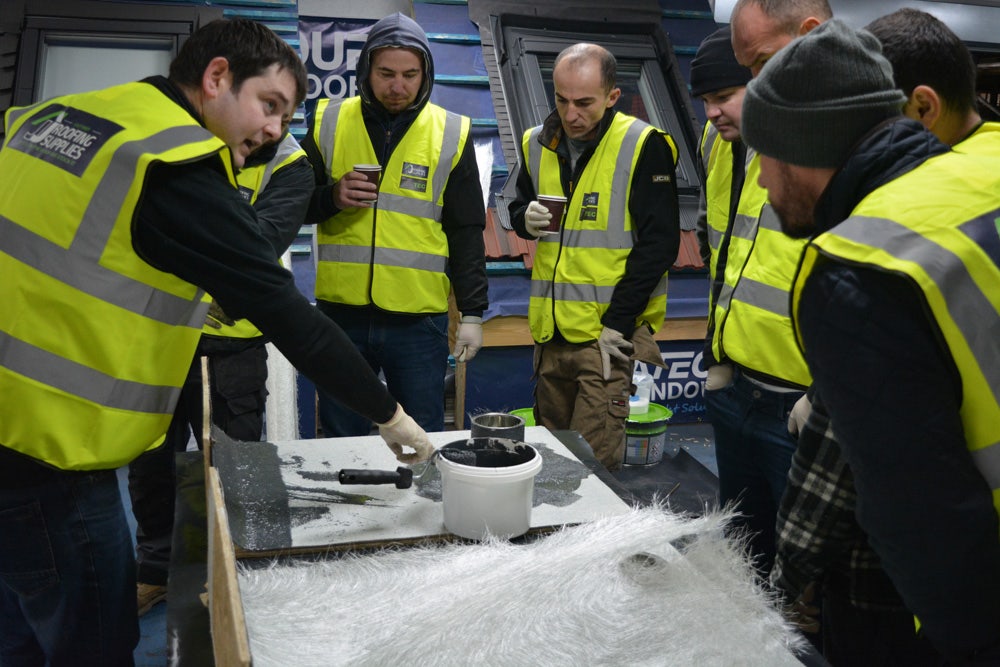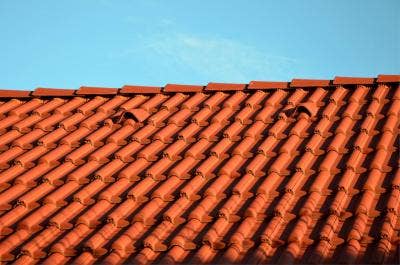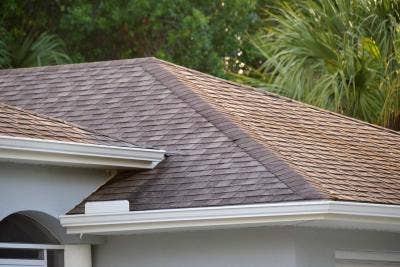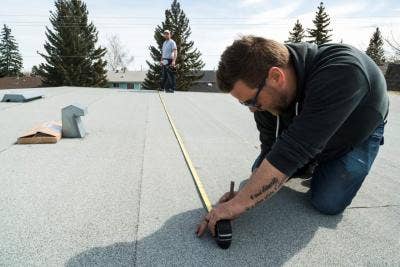Colder Weather and Using Liquid Roofing Systems

Watch out for temperatures below 5°C (41°F)!
Liquids are becoming more and more popular in the flat roofing sector and there is an increasing number of different options available.
How Do Cold Temperatures Affect Liquid Roofing Systems?
Cold temperatures affect liquid roofing systems either requiring additives to enable use or even thickening the liquids themselves making them difficult to install economically. Some roofing liquids have optimum viscosity temperatures which enable them to be installed more easily. Lower temperatures can also bring with them deck surface water vapour or in some extreme conditions, ice build-up. Damp surfaces and glass reinforced resins do not mix as GRP'S (glass reinforced polyesters) need to be laid onto dry surfaces.
Cold weather application with GRP's are possible but you need to pay attention to the relevant manufacturer's guidelines and instructions.
What do the Manufacturers Recommend?

The majority of GRP manufacturer's produce either cold weather resins, resin accelerators and/or cold weather catalysts.
Res-Tec | Flexitec 2020
Res-Tec produces accelerators for both its Flexitec 2020 primer and resin. The accelerators are used in addition to the primer and resin and do not replace the catalyst which is still added in the normal manner and temperature dependent quantity. Accelerators are needed below 5°C. These will only work down to 1°C but not below.
Cure It | Cure It GRP Waterproofing System
Cure It produce winter hardeners and a version of their resins and top coat called €˜extra cold' for its waterproofing system. These products enable the system to also be used below 5°C and down as far as 0°C.
Cromar | Pro GRP
Cromar recommend laying their product only at 5°C and above.
Deck Temperatures
The critical temperature measurement used is deck temperature and this should be measured using a specific infrared deck temperature gauge. All too often air temperature is wrongly used as an indicator which will cause problems when laying product.
Paying close attention to manufacturers guidelines is as always, the best policy.
Our Top Videos.


How to install a Velux Integra Electric Roof Window (5 Parts)
In this five-part guide, we take you through the full installation of a Velux GGU Centre Pivot Integra Roof Window onto an...


How to install a Duratech Centre-Pivot Pine Roof Window
Once you begin unpackaging the window, you’ll find in the box the brackets, the handle and the fixings. And there will also be some instructions...
Ideas & Advice
How-tos, tutorials and videos


How and why to use or snap a chalk line
Chalk lines are the fastest way to mark straight guidelines on flat surfaces. They are used extensively in the building and construction industry to speedily and accurately ‘draw’ straight lines between two points. Chalk lines are inexpensive tools...


Skylight Blinds: A Guide To The Different Types
Like many household product, blinds for skylight windows come in all shapes, sizes, and materials. Some are designed with a tangible purpose in mind, while others are more for show. One thing’s for sure - buying any type of skylight blind...








